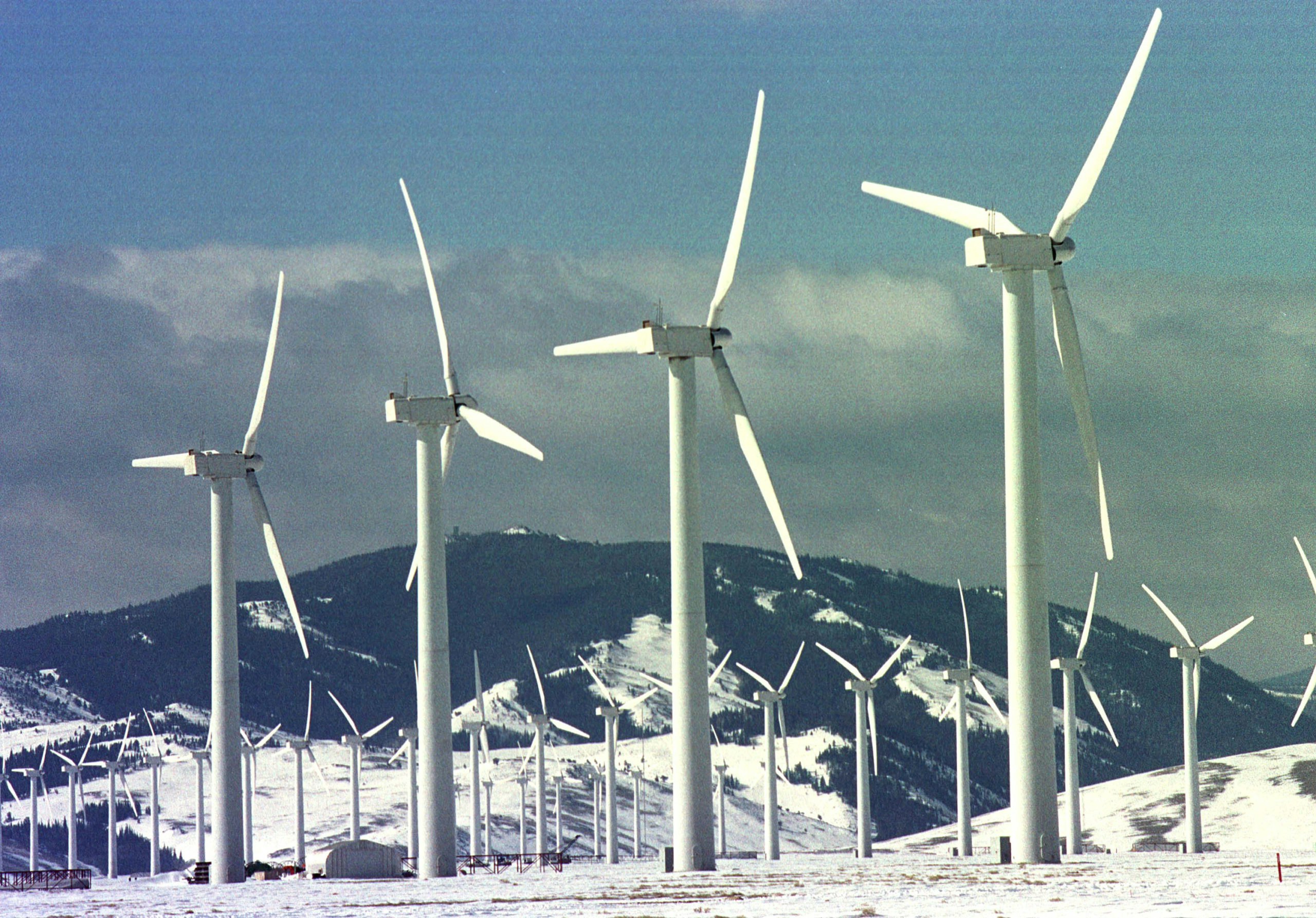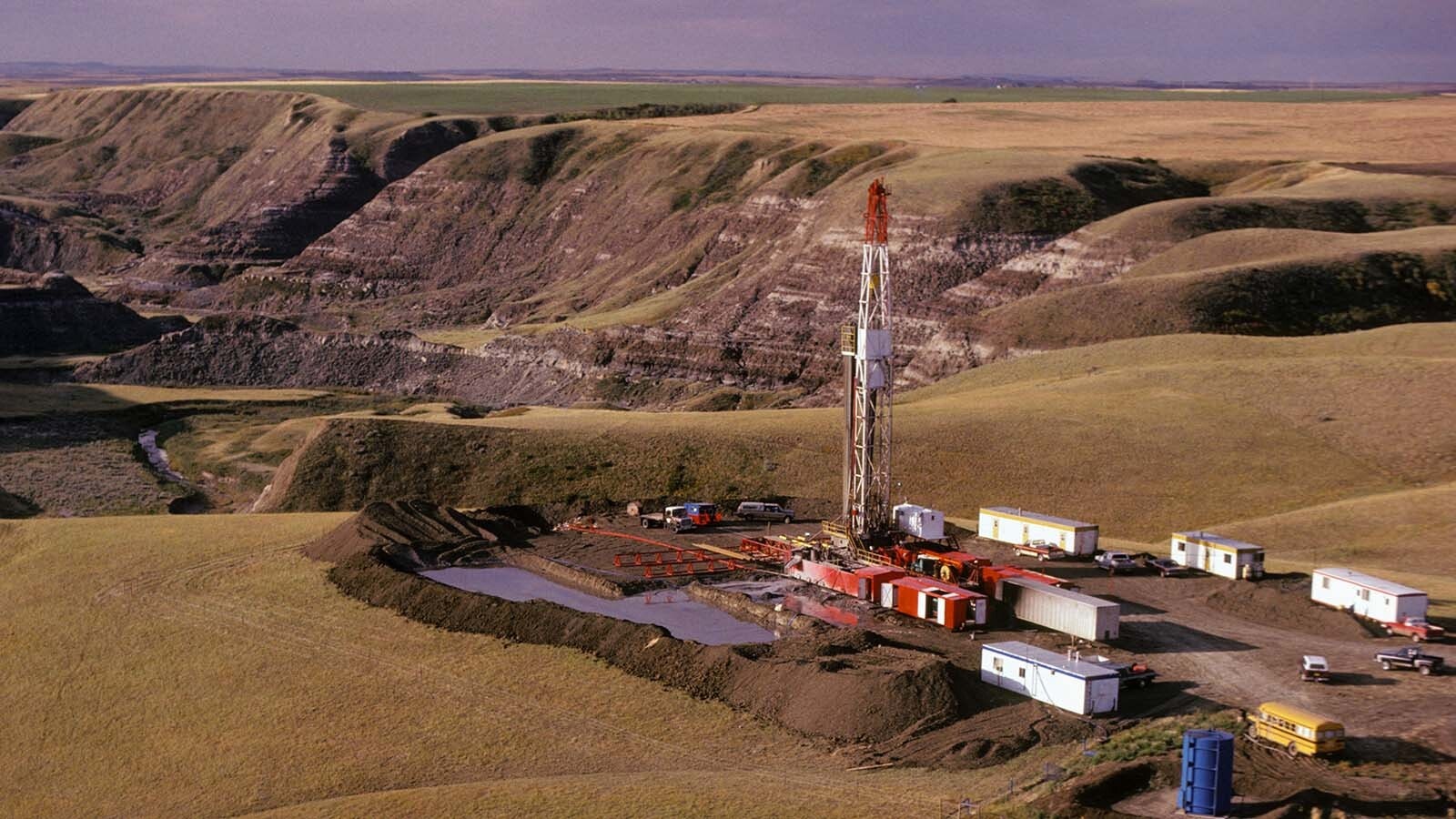Southern Wyoming has one of the best wind resources in the county, and the Cowboy State is known for having a business-friendly environment.
All the wind turbines springing up give the appearance that building a wind farm in Wyoming is easy. The permitting process, however, especially on federal lands, can take years.
Burdensome
In 2019, a study in the Wyoming Law Review examined how a state like Wyoming with enormous wind resources wasn’t seeing the growth in wind power its neighbors were.
From 2010 to 2015, the study notes, Montana, Idaho and Colorado increased wind generation capacity by 2,600 megawatts while Wyoming’s total decreased in those years.
Among the reasons for the slow growth cited in the report is the state’s permitting process, but Wyoming’s high wind energy tax and lack of transmission capacity also keeps the industry at bay.
While the state is often portrayed as being business-friendly and welcoming of wind energy, the permitting process isn’t a breeze.
“For a state that often takes a laissez-faire approach to laws and regulations, Wyoming has a surprisingly burdensome legal framework for regulating wind energy,” the study’s author Ben Reiter wrote in the report.
It also doesn’t help that Wyoming lacks transmission capacity, and the process for permitting transmission lines can be just as arduous.

Four Major Steps
The Wyoming Energy Administration has a 92-page document to help guide developers through the process.
Once a developer finds a location with the right wind resource and other characteristics for a potential wind farm, there are four major steps to permitting it, according to the guide: site selection, local permitting and state permitting. The developer also must obtain federal permits if the project is on federal land.
Some of the steps happen concurrently, and there are many agencies and requirements within each.
Sometimes the flow moves backward when an agency needs additional information or a requirement isn’t satisfied.
Site Selection
The developer begins with site selection, making sure the project can prevent negative impacts to sensitive resources in the area, which would result in permitting delays.
Paul Martin, president of Boulder, Colorado-based Intermountain Wind LLC, initiated the Two River Wind Project and Lucky Star Wind Project in 2016.
“Wyoming has a pretty robust permitting process,” Martin said. “We ended up needing to get permits from both local and state, and then generally federal agencies as well. So, it’s kind of a balancing act, making sure that you achieve all of the requirements from each agency all while keeping everybody happy.”
The site selection process screens for technical factors regarding suitability and performance of the project. Developers analyze critical issues and perform environmental surveys to gather information that will go into the design phase.
They also begin coordination with local, state and federal agencies.
Local Permitting
Project approval for counties and municipalities goes through the county commission where the facility is to be located.
There are state statutory requirements that a developer has to satisfy on the local level, and 11 of Wyoming’s 23 counties have their own regulations in addition to state requirements.
The county commission will hold public hearings on a project, which can sometimes solicit considerable amounts of controversy.
Residents of Albany County formed an opposition group against ConnectGen’s Rail Tie Wind Project, which was originally planned to have 120 turbines over 26,000 acres of private and state land.
Some residents living near the proposed wind farm feared impacts to their viewsheds and property values.
Albany County approved the project in July 2021.
State Permitting
Usually going concurrently with the local process, a developer has to go through several state agencies to get a project permitted on the state level.
The Industrial Siting Division of the Wyoming Department of Environmental Quality assesses the socio-economic and environmental impacts for companies planning major industrial projects.
The developer needs to get a utility permit from the Wyoming Department of Environmental Transportation for any transmission facilities within the right of way on a state highway.
The Wyoming Game and Fish Department requires a special use permit for Wildlife Habitat Management Areas.
The Wyoming Department of State Parks and Cultural Resources has to be consulted as well if a project crosses state park property.
Intermountain Wind never completed state permitting for the Two River and Lucky Star projects. The state required the company to demonstrate it could cover more than $1 billion worth of expenses for the process.
BluEarth Renewables took over the projects and completed permitting with the Industrial Siting Council. It’s expected to begin commercial operations in 2024.
Between 2007 and 2017, there were 10 wind project applications for industrial siting. Since then, there have been 12.
Federal Permitting
When a wind farm crosses federal land, the developer has to get permits from the federal government. Most projects don’t involve federal land, which helps speed up the road to construction.
If they do have to work with the feds, the federal permitting process includes a yearslong National Environmental Policy Act environmental assessment.
Power Company of Wyoming, which is developing the 600-turbine Chokecherry-Sierra Madre wind project over 1,500 acres in southern Wyoming, has been in the process of permitting the project for about 14 years, including the federal permitting process.
Kara Choquette, director of communications and government relations for wind energy developer Power Company of Wyoming, said the process began with site selection, then they went to federal permitting. After that they did the county process and finally the state.
For the federal portion, Power Co. completed the entire environmental impact statement for the NEPA process.
“Going through the environmental impact statement process is the very highest level of environmental analysis that there is,” Choquette said. “With anything that we build as human species, there’s going to be an environmental impact. So, how do you build this project in a way that you either avoid or minimize as many impacts as you can?”
Altogether a group of consultants were involved at each stage of the permitting process. Construction began in fall 2016.





